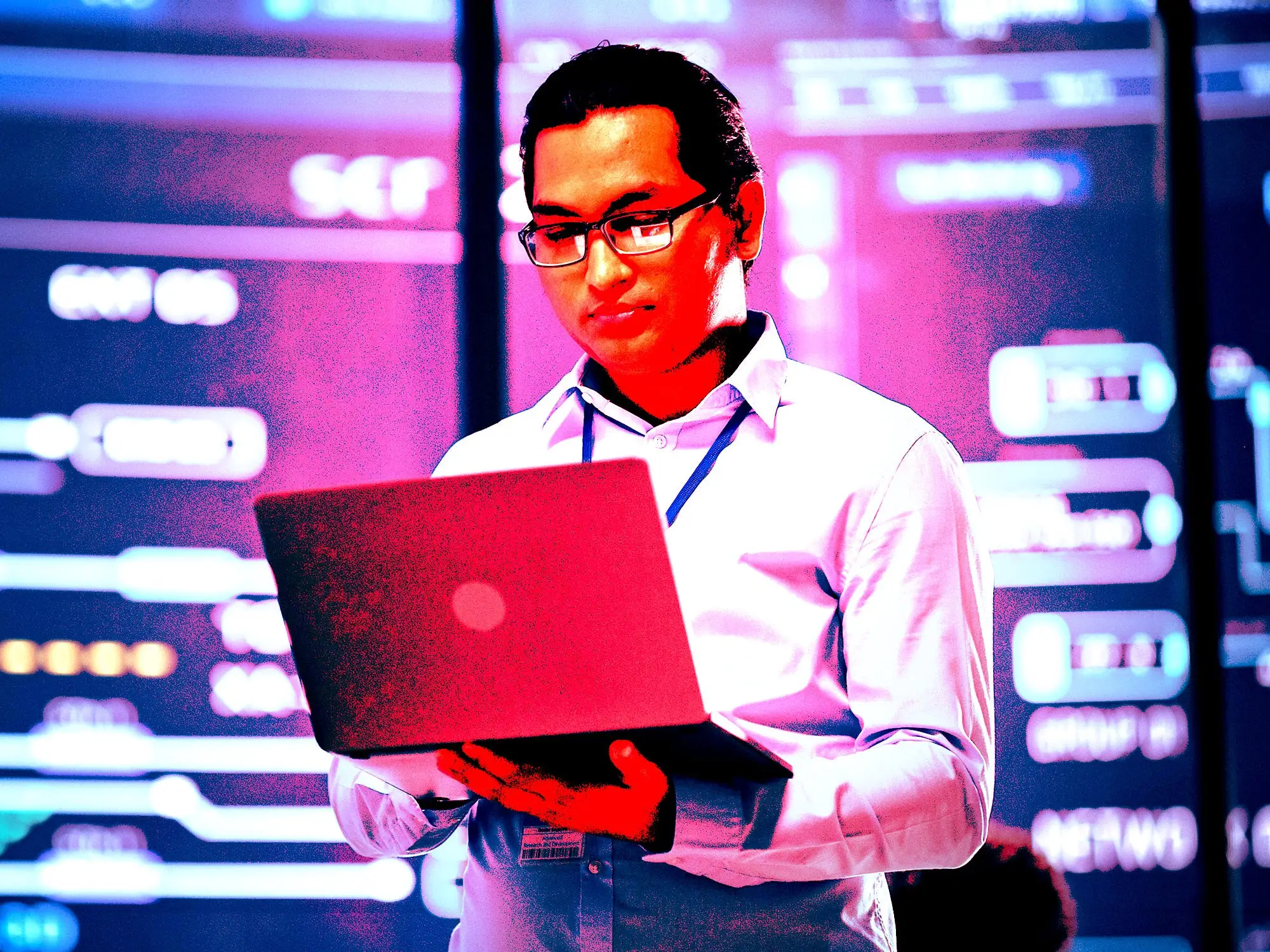Behind Balyasny’s training program that gives analysts a crash course in data science and AI

Balyasny Asset Management is teaching its pipeline of up-and-coming analysts how to code in hopes it’ll give the $20 billion firm an edge.
“The analyst of tomorrow is not going to be an analyst that simply can build a financial model of a company and forecast it and have a view and be differentiated,” Will Scott, director of associate and analyst development at BAM, told us.
“Five, 10 years from now, it’s going to be table stakes to know Python, to know a lot of these AI tools that are being generated today. So if you don’t take the time to learn it, it’ll kind of be like not knowing how to build a financial model 15, 20 years ago. You’re going to be behind,” added Scott.
And that’s exactly what the 6-month program, called Bridger, strives to do. It gives sell-side analysts from research firms, investment banks, and consultancies the chance to build up their technical chops.
Open to analysts with three to eight years of experience, the program teaches them Python, a ubiquitous coding language on Wall Street, and how to apply it to take advantage of the latest AI technologies. Program participants are also coached on soft skills, like effectively communicating with their portfolio managers and learning how to think critically under pressure. The program also creates a pipeline of analysts at a time when investing talent among hedge funds is competitive and expensive.
The program launched in 2022 with just four candidates. While learning to code was always part of the curriculum, this year it added AI skills to the program. So far, Balyasny has interviewed more than 350 people for a class that will round out to roughly 25 Bridger associates this year, Scott said. About 60% of candidates come from sell-side research, and about 10-20% come from investment banks, Scott said.
How Balyasny is trying to stay ahead of Wall Street’s AI takeover
There’s no question that Wall Street’s bosses will expect more from their workers amid the explosion of generative AI. These technologies, which can write code and research summaries, pitch investment ideas, and automate grunt work, are changing what it means to work in finance. GenAI is forcing everyone, from software developers to analysts, wealth advisors, and junior bankers, to pick up new skills or risk being left behind. Balyasny has previously opened up about its strategy to build the AI equivalent of a senior analyst.
Growing younger talent inside the firm is cheaper, Scott said, and they’re more productive earlier on than outside hires as it can sometimes take at least a year between non-compete periods and onboarding to be fully up to speed.
Bridger is divided into three phases. Incoming associates are given a set of companies to cover, which they use to learn qualitative skills, like doing earnings previews and actively pitching stocks to PMs. In this first 12-week stint, they also learn Python and how to integrate that code training with the firm’s Applied AI team.
The second phase involves team rotations so Bridger associates can get a sense of how teams, which vary in size and structure, operate day-to-day. During the last eight weeks, associates finish ramping up their coverage set and potentially do more rotations. They also submit an innovation project during the third phase, which is a newly introduced component this year, and involves them using their coding and AI skills to elevate their research process with new techniques and methodologies, Scott said. While a full-time position post-program is not guaranteed, Bridger has placed 100% of its candidates into permanent associate positions reporting to PMs, Scott said.
Bridger alums are already saving weeks of work with their technical chops
For Stephen McGee, a former professional baseball player turned senior associate covering energy and agriculture, Python is an indispensable tool. The Bridger graduate, who joined the hedge fund from JPMorgan in 2023, uses the coding language every day for building models to predict things like how things crude and gasoline inventory will move.
Being able to manipulate data quickly allows him to think more critically and urgently, he said.
McGee also uses some of the Balyasny-customized tools on ChatGPT to do his coding for him. In one case, he uploaded an Excel sheet, told the AI to clean up the dataset and build out a chart deck. The job was done in two hours, which in pre-ChatGPT times would have taken him at least a couple of weeks, he told us.
The tools have also made data available to him that he previously would have ignored, McGee added. One time, he downloaded an unstructured and complicated data set. He wasn’t even sure if the AI would be able to work with the data, but to McGree’s surprise, it generated a chart within a couple of minutes.
Nicole Goldin’s foray into computer science was not at Bridger. The former JPMorgan analyst who now covers technology, media, and telecom at Balyasny learned how to code during a financial-technology boot camp at Columbia University.
But it is no longer enough to just work with data, she said. The expectation is to be able to code and integrate that with AI to automate the analysis process and “come up with an idea the fastest and first,” she said. Now, she can think about different ways to analyze the data and try out different ideas quickly, “instead of spending a whole day rewriting my coding notebook,” she said.
She went from: “I have enough skills to talk to somebody about creating tools,” to “I have enough skills and the resources to create the tools myself,” Goldin said.






